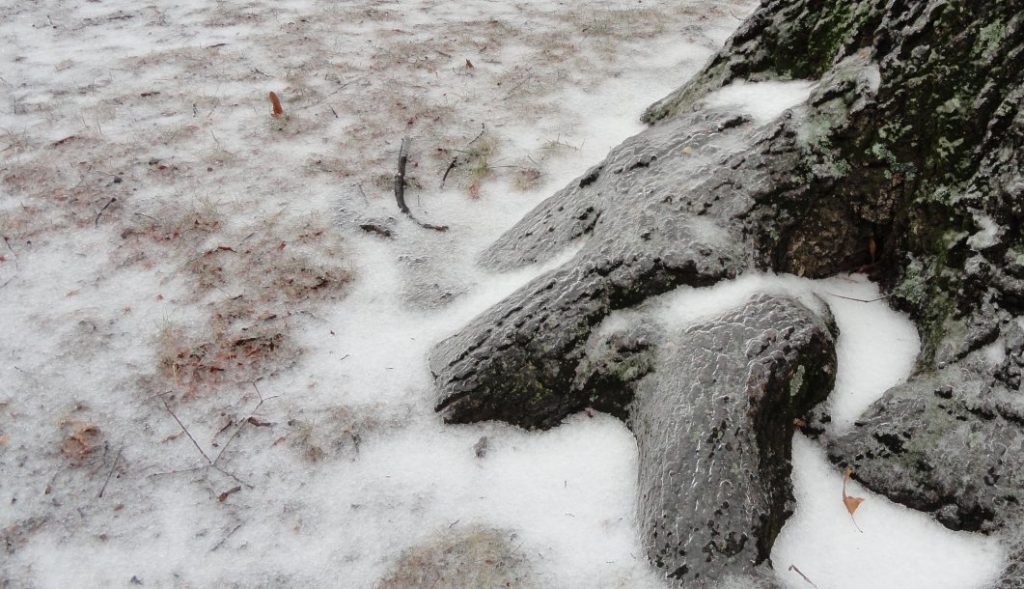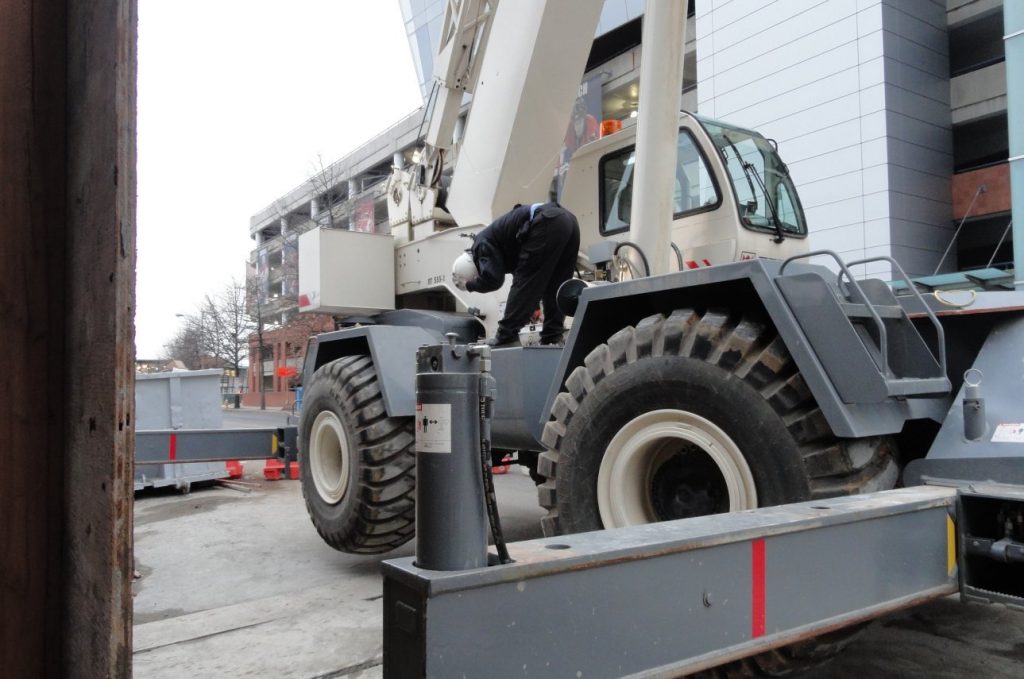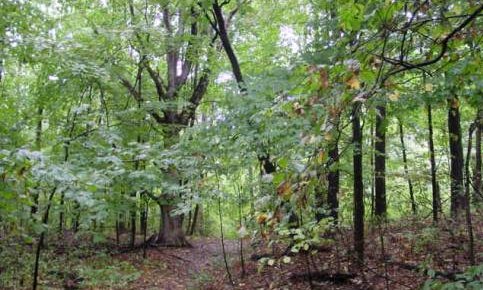
Who would have thought it? A new edition of Polybius in Loeb Classics. The first edition came out in 1922. According to the preface of the new edition, the translator, a WR Paton, died in 1921 before really finishing the work, but the editors figured it was good enough, so they went to print. It was good enough until 1964, when the editors decided to contract another guy to polish it up. Unfortunately, work did not proceed really quickly. In the 1970s the demand for classics was not what it used to be and the project was put on hold. For reasons not explained, in 1993, the fortunes of Loeb improved and work resumed. It was finished in 2009, so now we have the pleasure of a revised edition of Polybius.
Loeb Classics feature the classical language original, in the case Greek, on the left page with the English translation on the other page. That matters not so much to me anymore. I cannot read any of the Greek. I bought the book more for nostalgia than for actual reading. Polybius was the first Greek author that I studied in depth, when I had the seminar in Polybius at the University of Wisconsin.
I couldn’t afford my own copy (Loeb Classics were expensive) so I used the library, where it was on permanent reserve at the Greek & Latin reading room. Yes, we had such a place. It was down in the basement at Memorial Library. You would never go down there or find the place by accident. There was the musty smell of old paper. I remember there was a giant Greek-English dictionary on a pedestal table in the middle of the room. We always called it a lexicon instead of dictionary. I am not sure if there is a difference. I spent many hours down there, I was often there alone and the place was quiet. Quiet as a tomb seemed to fit. The wall of the nearby bathroom had erudite graffiti.
A couple years ago I tried to go down there again to see if the Greek & Latin reading room was still there, but they wouldn’t let me in. The guard – yes they had a guard – told me that outsiders couldn’t just go into the library, since I had no current connection to the university. Evidently weirdos were hanging around and I couldn’t convince them that the desire to see the Greek & Roman reading room wasn’t something that a weirdo would do. I understand the need for security, but I liked the idea that libraries could be open.
Polybius was a good author for a not-so-talented classics scholar. His Greek is relatively easy to read, since he wrote in simple declarative sentences. Reading Polybius was a kind of a double payoff. He wrote in Greek but he wrote about the rise of Rome. As I said, I won’t be reading the Greek at all, nor do I intend to read even too much of the English. Buying the book fulfills and old desire.
I read the introduction and the Polybius’ own comments on the importance of history. It reminded me of the old days (both my own and the much older ones Polybius wrote about.) He says “…the surest and indeed the only method of learning how to bear bravely the vicissitudes of fortune is the recall the calamities of others.” It sounds a little like a schadenfreude advice, but I think that is an artifact of the phrasing and maybe the translation. Maybe a better paraphrase could be “when we look back at the experience of other times and places, our problems don’t seem so tough.”






